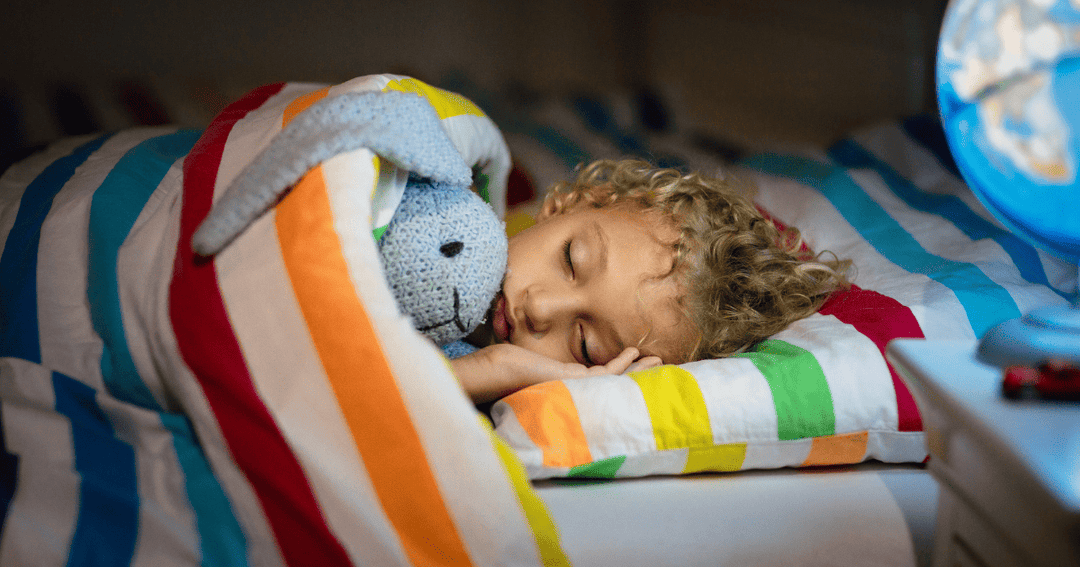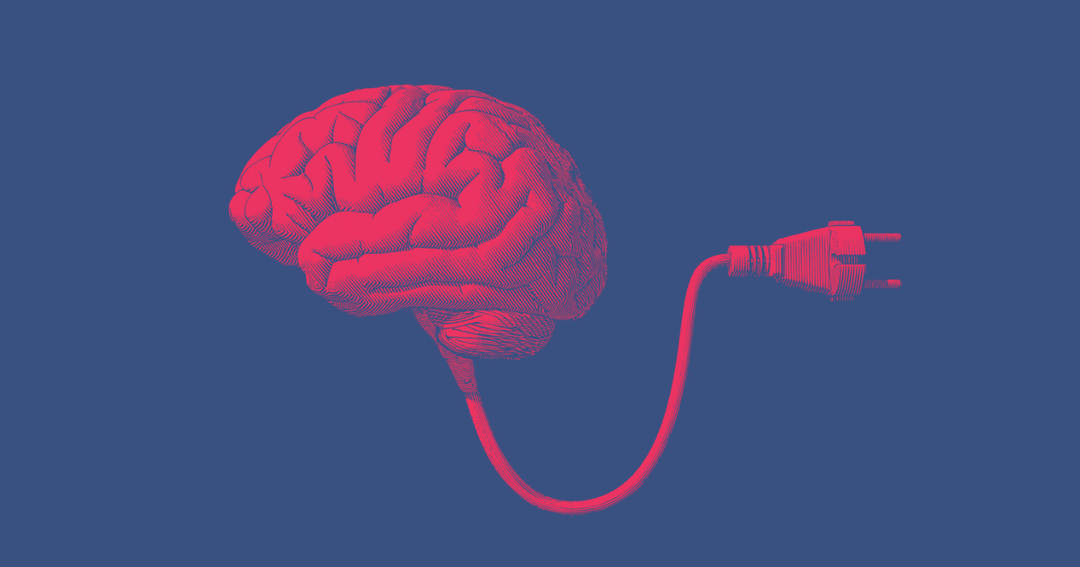Pink Noise for Sleep: How It Helps You Sleep Better Tonight

Sleep disorders affect millions of Americans each night. While many focus on their mattress, room temperature, or bedtime routine, sound is often an overlooked part of the sleep equation. Yet research shows that the right kind of sound, often called sound therapy, can significantly improve sleep quality and help you fall asleep faster [1].
Pink noise has emerged as one of the most effective forms of sound therapy for promoting deeper and more restorative sleep [2]. So, what does pink noise actually do? At its core, it helps your brain stay in deep sleep longer by aligning with your natural sleep rhythms.
Did you know? A study in Frontiers in Human Neuroscience found that pink noise synchronized with brain waves during sleep helped older adults perform three times better on memory tests [3].
What Is Pink Noise?
Pink noise is a type of sound that contains all the frequencies humans can hear, with a natural balance where bass tones are more prominent than treble tones, similar to many sounds in nature. While white noise has equal energy across all frequencies, pink noise decreases in intensity as the frequency increases, creating a more balanced, natural sound.
Many natural sounds follow the pattern of pink noise, including:
-
Steady rainfall
-
Rustling leaves
-
Ocean waves
-
Heartbeats
-
Wind blowing through trees
What does pink noise sound like? It’s often compared to the sound of steady rain, gentle ocean waves, or wind rustling through trees. Unlike white noise, which can sound like static, pink noise has a deeper, smoother tone that feels more calming and less harsh to the ears.
Also: Music Can Help with Depression-Induced Insomnia
This natural quality makes pink noise particularly soothing to the human ear and brain. The sound feels familiar and comforting rather than harsh or mechanical, which helps explain why many people find it more effective for sleep than other sound colors.
Pink Noise vs. White Noise: What's the Difference?
Understanding the difference between various "colors" of noise helps explain why pink noise stands out for sleep enhancement:
-
White Noise: Contains equal energy across all frequencies. Sounds like static or a fan running. Can mask other sounds but sometimes feels harsh or unnatural.
-
Pink Noise: Energy decreases as frequency increases. Sounds deeper and more balanced than white noise. Similar to rainfall or gentle wind. Research shows it synchronizes better with brain waves during sleep.
-
Brown Noise: Even deeper than pink noise, with more emphasis on lower frequencies. Sounds like a strong waterfall or thunder. Some find it too intense for sleep.
While every person is different, research increasingly points to pink noise as one of the best sound colors for sleep [4], thanks to its balance of low and high frequencies that support deep sleep without being too harsh.
Want to explore other sound colors for sleep? Check out our full guide on White, Pink, or Brown Noise: Which One Helps You Sleep Better?
The Science Behind Pink Noise for Sleep
Pink noise isn't just pleasant to hear; it has measurable effects on brain activity during sleep. Multiple studies have demonstrated its benefits:
-
Researchers at Northwestern University found that pink noise synchronized with the brain's slow oscillations during deep sleep enhanced both sleep quality and memory consolidation in older adults. Participants performed up to three times better on memory tests after sleeping with pink noise.
-
Another study showed that exposure to pink noise reduced sleep onset latency from 23 minutes to 13.5 minutes, a 58% improvement compared to sleeping in a quiet environment [5].
The magic happens because pink noise helps stabilize sleep spindles – brief bursts of brain activity during sleep that are crucial for memory processing and learning. These spindles occur naturally during deep sleep, and pink noise appears to strengthen and protect them.
5 Key Benefits of Pink Noise
Here are some of the top pink noise benefits that make it a powerful complement for better sleep:
-
Masks Disruptive Environmental Sounds: Pink noise creates a consistent sound background that helps block out unexpected noises like street traffic, household sounds, or a partner's snoring that might otherwise wake you.
-
Promotes Deeper Sleep Stages: Research shows pink noise can increase time spent in slow-wave sleep(deep sleep), the most restorative phase where your body heals tissues, builds bone and muscle, and strengthens the immune system.
-
Improves Memory Consolidation: Studies reveal that exposure to pink noise during deep sleep significantly enhances memory formation and recall, potentially offering benefits for learning and cognitive performance.
-
Creates a Consistent Sleep Environment: Using pink noise helps establish a reliable sleep environment regardless of your location, making it easier to maintain good sleep even when traveling or in new places.
-
Reduces Time to Fall Asleep: Many users report falling asleep more quickly when using pink noise, with studies supporting a reduction in sleep onset time by an average of 5-10 minutes.
Also: 13 Tips to Fall Asleep Faster
How to Use Pink Noise for Better Sleep
Getting the most benefit from pink noise involves more than just turning it on before bed:
-
Find the right volume: Pink noise should be loud enough to mask disruptive sounds but soft enough not to become a distraction itself. Most sleep experts recommend around 60-65 decibels – about the volume of a normal conversation.
-
Consistency matters: Your brain responds best to consistent sleep cues. Using pink noise every night helps reinforce its effectiveness as your brain learns to associate the sound with sleep.
-
Placement in the room: A dedicated pink noise machine works best when placed at least 3 feet from your head. This creates an enveloping sound environment without being too localized or loud.
-
All night or just for falling asleep: Most research showing memory and deep sleep benefits used pink noise throughout the night, but some people prefer using it just to fall asleep. Try both methods to see which one works best for you.
-
Pair with other sleep hygiene practices: Pink noise works even better when combined with other good sleep habits like maintaining a consistent sleep schedule, keeping your bedroom cool and dark, and avoiding screens before bedtime.
While you can find free pink noise downloads or use a pink noise generator recordings online (such as 10-hour pink noise videos), not all audio sources maintain the proper frequency balance. For consistent benefits, high-quality machines like the LectroFan Classic are specifically engineered for true pink noise.
How Pink Noise Helps with ADHD, Tinnitus, and Other Special Needs
The benefits of pink noise extend beyond general sleep improvement, with research showing specific advantages for certain groups:
-
Children and ADHD: Studies suggest pink noise for ADHD may help improve focus and attention in children with ADHD while also supporting better sleep quality [6]. The consistent sound appears to provide just enough stimulation to help the brain filter out other distractions
-
Older adults: As we age, deep sleep naturally decreases. Research shows that pink noise can partially reverse this effect, helping older adults achieve more restorative sleep and improve next-day cognitive performance.
-
People with tinnitus: The consistent background of pink noise can help mask the ringing or buzzing of tinnitus [7], making it easier to relax and fall asleep without focusing on the internal sound.
Start Tonight: Simple Steps to Better Sleep with Pink Noise
Ready to experience the benefits of pink noise? Here's how to get started:
-
Place your LectroFan Classic on your bedside table, at least 3 feet from your head.
-
Set the volume to a comfortable level that masks background noise without being distracting.
-
Take Sip2Sleep® under your tongue as part of your bedtime routine (no water needed).
-
Maintain your regular sleep schedule and environment.
-
Use consistently for at least one week to allow your brain to adapt to the new sleep cues.
Also: 5 Tips for Using Sip2Sleep® Before Bed
Many users report noticeable improvements in sleep quality within the first few nights, with deeper benefits developing over consistent use.
Looking for a natural way to sleep deeper? Try pairing pink noise with Sip2Sleep® for a simple, science-backed bedtime routine.
Frequently Asked Questions About Pink Noise
-
What does pink noise actually do for sleep quality? Pink noise synchronizes with and enhances the brain's natural slow-wave oscillations during deep sleep, helping you spend more time in the most restorative sleep stages and improving memory consolidation.
-
Is pink noise better than white noise? Research suggests pink noise is more effective than white noise for enhancing deep sleep and memory. Its frequency distribution feels more natural to the human ear and better matches brain wave patterns during sleep.
-
Can pink noise help with insomnia? Many people with insomnia find pink noise helpful for masking distracting sounds, creating mental focus on a constant sound, and establishing consistent sleep cues. Clinical studies show it can reduce the time to fall asleep by 5-10 minutes on average.
-
How loud should pink noise be for optimal sleep? Most sleep experts recommend 60-65 decibels, which is about the volume of normal conversation or light rainfall. The sound should be noticeable but not intrusive or startling.
-
Is it OK to use pink noise every night? Yes, pink noise is safe for nightly use. Unlike medication, it doesn't create dependency and works by enhancing your natural sleep-wake cycle rather than forcing sleep
Disclaimer: This article is for informational purposes only and does not constitute medical advice. Always consult with a healthcare provider about sleep concerns, especially if you have medical conditions or take prescription medications.
References:
-
Yoon H, Baek HJ. External Auditory Stimulation as a Non-Pharmacological Sleep Aid. Sensors (Basel). 2022 Feb 7;22(3):1264. doi: 10.3390/s22031264. PMID: 35162009; PMCID: PMC8838436.
-
Schade MM, Mathew GM, Roberts DM, Gartenberg D, Buxton OM. Enhancing Slow Oscillations and Increasing N3 Sleep Proportion with Supervised, Non-Phase-Locked Pink Noise and Other Non-Standard Auditory Stimulation During NREM Sleep. Nat Sci Sleep. 2020 Jul 9;12:411-429. doi: 10.2147/NSS.S243204. PMID: 32765139; PMCID: PMC7364346.
-
Nelly A. Papalambros, Giovanni Santostasi, Roneil G. Malkani, Rosemary Braun, Sandra Weintraub, Ken A. Paller, Phyllis C. Zee. Acoustic Enhancement of Sleep Slow Oscillations and Concomitant Memory Improvement in Older Adults. Frontiers in Human Neuroscience, 2017; 11 DOI: 10.3389/fnhum.2017.00109
-
Garcia-Molina G, Kalyan B, Aquino A. Closed-loop Electroencephalogram-based modulated audio to fall and deepen sleep faster. Annu Int Conf IEEE Eng Med Biol Soc. 2020 Jul;2020:565-568. doi: 10.1109/EMBC44109.2020.9175689. PMID: 33018052.
-
Yoon H, Baek HJ. External Auditory Stimulation as a Non-Pharmacological Sleep Aid. Sensors (Basel). 2022 Feb 7;22(3):1264. doi: 10.3390/s22031264. PMID: 35162009; PMCID: PMC8838436.
-
Systematic Review and Meta-Analysis: Do White Noise or Pink Noise Help With Task Performance in Youth With Attention-Deficit/Hyperactivity Disorder or With Elevated Attention Problems? Nigg, Joel T. et al. Journal of the American Academy of Child & Adolescent Psychiatry, Volume 63, Issue 8, 778 - 788
-
Lai H, Wang G, Zheng Z, Gao M, Li S, Wu S. Pink noise: a potential sound therapy for tinnitus. Am J Transl Res. 2023 Nov 15;15(11):6621-6625. PMID: 38074813; PMCID: PMC10703671.







